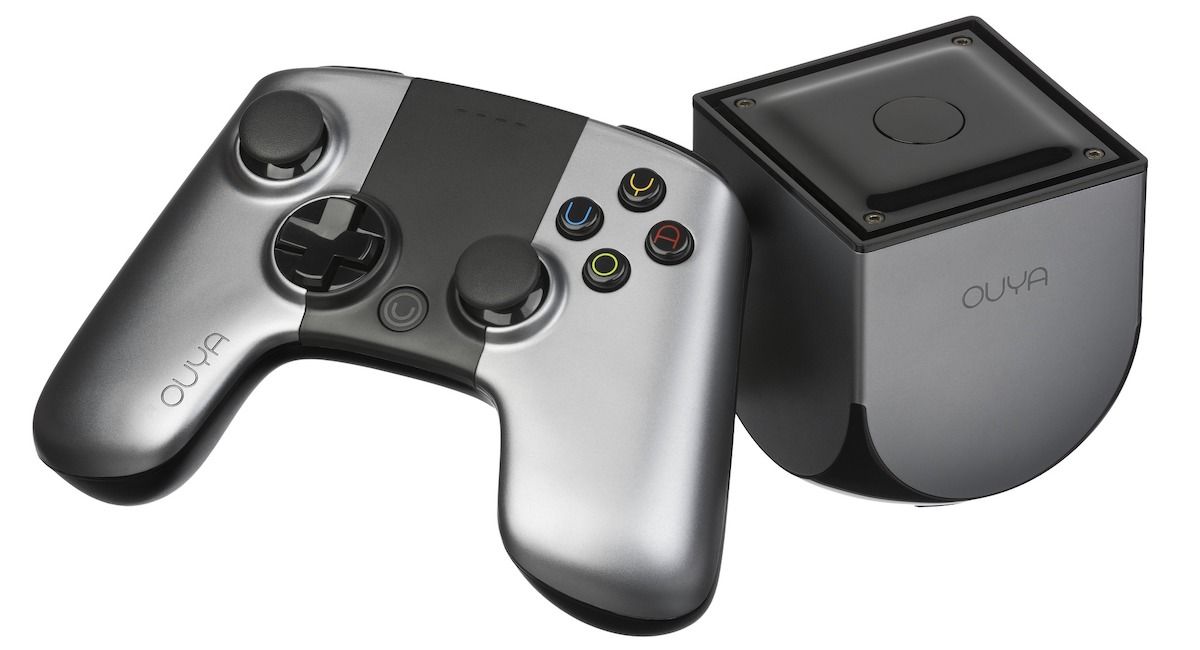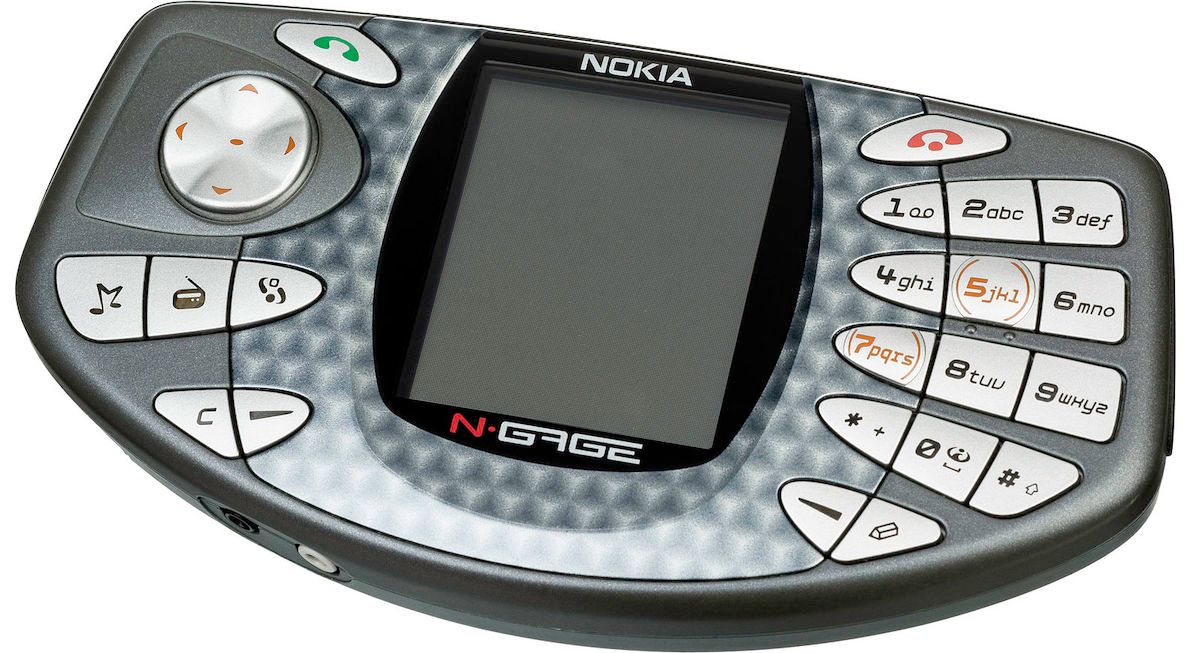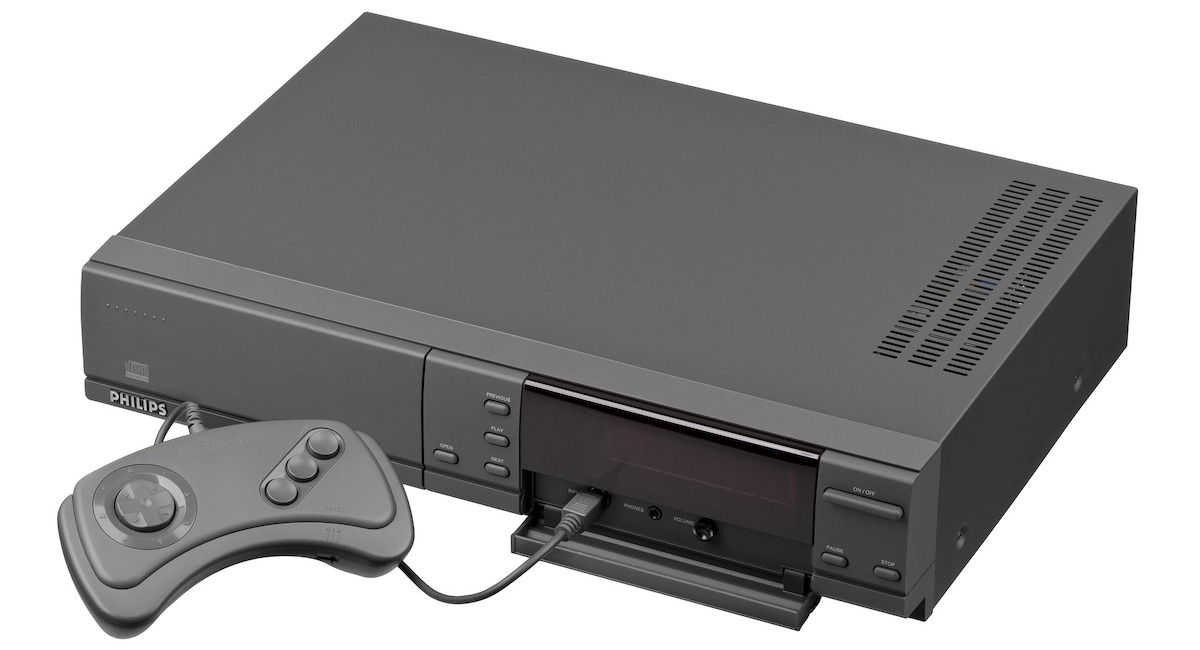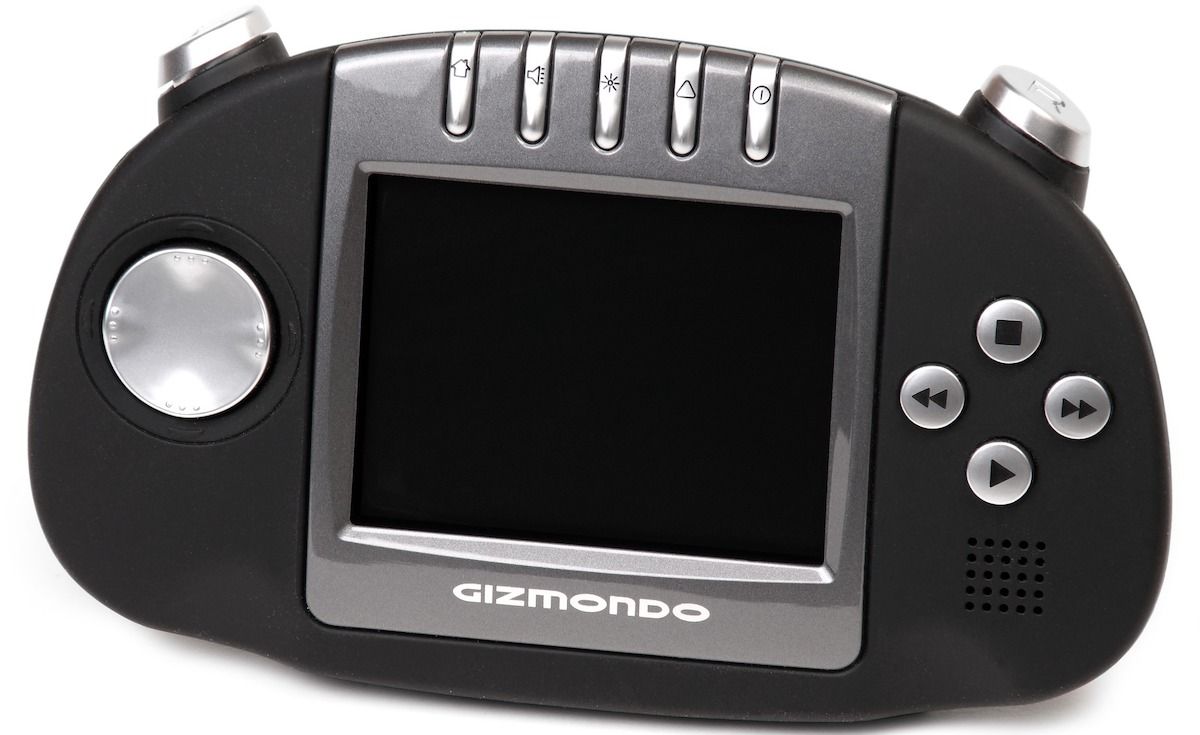The 7 Worst Games Consoles of All Time
There are two groups of unsuccessful games consoles. One group contains some decent devices, which sadly didn't catch on with the public. The second group comprises consoles that are downright awful. We're going to be looking at the latter.
From their design, intent, and games (or lack thereof), here are seven of the worst consoles of all time.
1. Sega CD and Sega 32X
As the Sega CD and Sega 32X are add-ons for Sega's successful console, the Sega Genesis, you might not count them as full consoles. However, together, these two products mark a key moment in Sega's console career—its decline.
The Sega CD and 32X are evidence of a long list of mistakes Sega made in the 90s, the key one being that Sega rushed out products without a clear end goal.
Sega launched both add-ons in a short space of time: in North America, Sega launched the Sega Genesis in 1989, the Sega CD in 1992, and the Sega 32X in 1994. Oh, and the Sega Saturn, Sega's actual next-gen console, arrived in 1995.
These consecutive launches caused a lot of confusion: which console were gamers supposed to get? How was each console different? Did they work by themselves or with the Genesis?
The Sega CD and Sega 32X also arrived with poor launch libraries and didn't provide a wealth of improvements over the Sega Genesis, leaving little reason for the mass market to get either, let alone both.
And, seeing that its products weren't selling well, Sega dropped support for its two add-ons in 1996, which was a big kick in the teeth to the gamers that bought them with the promise that more was coming.
The Sega CD and 32X gave Sega a reputation it couldn't shake: that its products weren't worth investing in. Both add-ons, as well as Sega's last two home consoles, the Sega Saturn and Dreamcast, were all commercial failures.
2. Ouya

One of Kickstarter's most successful campaigns, the Ouya raised $8.5 million, well over its $950,000 goal. Its developers sold backers a console that was affordable, compact, manually upgradeable, and could play hundreds of games, all free to try.
So, did the Ouya become the next big thing? Absolutely not.
The Ouya failed to deliver, Literally. It arrived late for many of its Kickstarter backers and once it was in gamers' hands, things only got worse. The materials were cheap and buttons were sticky. The architecture was outdated, and the UI was a mess.
But, worst of all, the games were appalling. A lot of the games severely lacked substance, with no Ouya exclusive that justified its purchase. Some 'games' were literally Android apps. There was nothing of the caliber you'd expect from an actual video game console.
With reality setting in, what the Ouya offered made little sense—why would you pay $99 and more to play mostly smartphone games on a TV?
The Ouya only lasted from 2013-5, which honestly feels too long, and sold around 200,000 units.
Related: Reasons Why You Should Buy Old Games Consoles
3. Virtual Boy
Nintendo is best known for its successes, and rightly so. The tech giant has rarely stepped out of line when it comes to delivering fantastic games consoles, with the Wii U being its most notable failure. However, there is a lesser-known flop that came out before the Wii U, and it was bad. Really bad.
The Virtual Boy launched in 1995 and was Nintendo's attempt at creating something unique whilst responding to the growing buzz surrounding virtual reality. After a focused development became rushed, Nintendo launched an unfinished Virtual Boy to a very lukewarm reception.
There were glaring problems from the get-go: the Virtual Boy featured a red monochrome display that gave many users headaches and eyestrain within minutes of playing. The “portable” console was anything but, and the headset was clunky.
Alongside these practical problems were a distinct lack of games—there were only 22 games for the system across Japan and North America, none of which balanced out the downsides to using the console. The 'virtual reality' aspect was also lacking—it was more like if Nintendo strapped a 3D TV that only displays red and black to your head.
Word of mouth about the Virtual Boy's problems spread, and, with dismal sales figures following a poor marketing campaign, Nintendo discontinued the Virtual Boy less than a year into its release. In its short lifespan, the console only sold 770,000 units, making it Nintendo's lowest-selling console to date.
4. N-Gage

In 2003, Nokia decided it would challenge Nintendo's Game Boy Advance with its phone-slash-handheld games console, the N-Gage.
Now, before things get too much, let's acknowledge that mobile gaming is huge now. You could call Nokia ahead of its time for wanting to create a device that was both a phone and a games console. But, you'd be giving Nokia too much credit.
Look at the N-Gage. Look at it. The N-Gage has one of the worst designs of any console or phone ever made. As a games console, its clunky, cluttered design made playing games uncomfortable. And as a phone… well, there's a reason phones didn't look like that.
Despite its awful design, the N-Gage featured some surprisingly recognizable titles like Call of Duty, Spider-Man 2, and Tom Clancy's Splinter Cell: Chaos Theory. However, you'd want to play these games on an actual games console for an acceptable experience.
The N-Gage tried to bridge the gap between mobiles and games consoles. It ended up failing in both areas. Nokia discontinued the N-Gage in 2006, with 3 million units sold.
5. SouljaGame Consoles
In 2018, it was none other than Soulja Boy, who dove into the games industry with his SouljaGame consoles. What followed was chaos.
There was ludicrous false advertising, stating that the SouljaGame consoles had hundreds, if not thousands, of built-in games, with the consoles supporting games from a variety of platforms. This just wasn’t true, and a lot of the games on these consoles were unlicensed.
Also, none of the consoles Soulja Boy was selling were consoles he created. Instead, they were either knock-offs (the Retro Mini) or older Chinese consoles (the Fuze) that he was charging for more than their actual cost, while at the same time saying they were on sale.
When people called Soulja Boy out on this, he responded with a bunch of homophobic tweets and also claimed that he wasn't “scared of Nintendo”. Well, he should've been, as there were unlicensed Nintendo games on his consoles, and Nintendo doesn't take to this sort of thing kindly.
Predictably, Nintendo threatened a lawsuit and the SouljaGame consoles disappeared from sale.
The SouljaGame consoles weren't original consoles and didn't run any original games. But, that somebody decided to use their brand to sell knock-off consoles whilst claiming to “continue (their) tech company and evolve it in the gaming world'' automatically makes these non-consoles some of the worst of all time.
6. Philips CD-i

The Philips CD-i (Compact Disc-Interactive) launched in 1991 as an all-in-one entertainment device. It's similar to Nokia's N-Gage in trying to master being a games console and something else, and spotting future trends. And, just like the N-Gage, the CD-i failed, capitalizing on nothing.
The CD-i was, frankly, a terrible console. First off, it retailed for $799 in 1991, which is around $1500-600 in 2021. It had a terrible, uninspired design, with an awful controller to match. There was nothing here of note, except that the CD-i played CD-ROMs, which would become popular (because of other consoles) in gaming in a few years.
But the games. The games were not good, and there wasn't a killer game or franchise that justified paying the ridiculous price for the console. Among the CD-i's games were FMV (full motion video) games, educational titles, and… some titles with Nintendo franchises.
That's right—Nintendo let Philips use up to five of its franchises, and the result was horrific. Consider Nintendo's level of quality and polish for its games. Now, take a look at the cutscenes in Hotel Mario or Zelda: The Wand of Gamelon. Yikes.
Philips was all but finished with the CD-i by 1996, having sold around 570,000 units.
Related: Is It Worth Buying a Games Console for the Games These Days?
7. Gizmondo

Tiger Telematics released the Gizmondo in 2005 as a response to Nokia's N-Gage, intending for it to compete against Sony's PSP and the Nintendo DS.
Despite the N-Gage being a failure of a console, the Gizmondo was somehow worse. It had a plain design mixed with just 14 awful games over its short lifespan, as well as a version with ads at $229, with the ad-free version costing $400. The context surrounding the Gizmondo is also bizarre, with many of Tiger Telematics' executives allegedly having ties to the Swedish mafia.
With an uninspired look, an awful, limited games library, and seriously overpriced for what it offered, there were zero reasons for gamers to buy the Gizmondo, besides novelty. The rumored Swedish mafia business didn't help either.
The Gizmondo sold fewer than 25,000 units, which is spectacularly bad. As Tiger Telematics went bankrupt in 2006, with around $300 million in debt, it also stopped production of the Gizmondo.
Each Video Game Generation Has Its Good and Bad
Some consoles are just plain bad, and there's nothing that can cover that. But, both gamers and companies can learn something from each console failure. So, each console on this list might've helped create the consoles we love today.
Each video game generation has its good and bad, and it's worth taking a look to see how the weird and wonderful world of video games has evolved over the decades.
